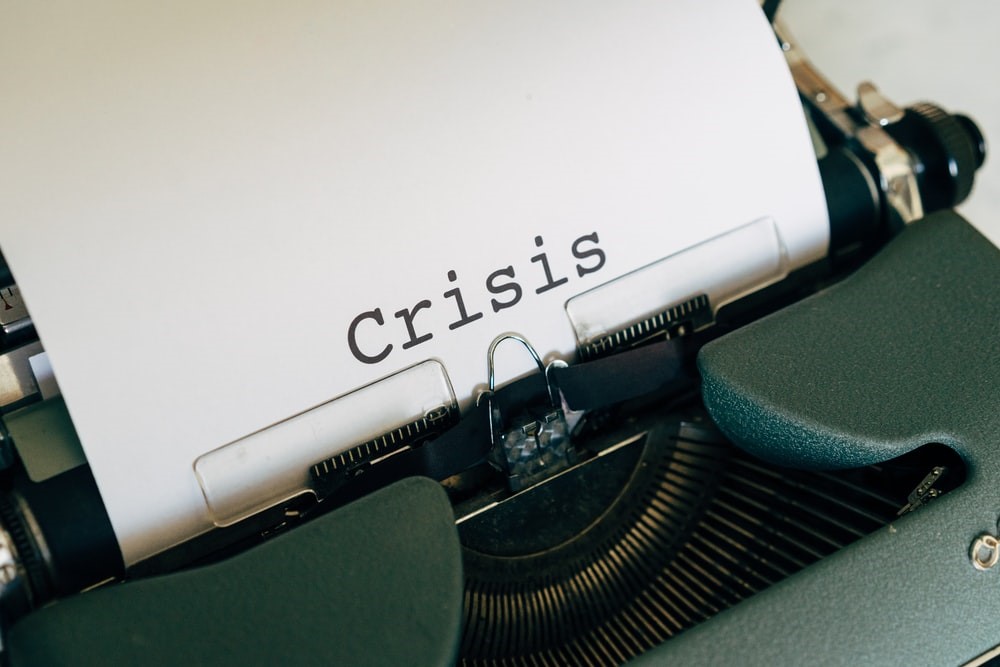- Navigator
- National
- Strategic Planning & Doing

In recent years, economic resiliency has been a topic of discussion and focus amongst our team at Camoin Associates, and our clients across the country. While the Covid-19 pandemic has accelerated these discussions and, in many cases, put resiliency planning at center stage of some of our strategic planning work, recent initiatives and funding from the U.S Economic Development Administration (EDA) have also acted as a catalyst for a renewed focus on economic resiliency planning. In addition to the distribution of funds to address resiliency planning, the EDA has also highlighted economic resilience as being key component of regional Comprehensive Economic Development Strategies (CEDS).
Between new funding directly aimed at economic resiliency planning and a focus on the integration of resiliency planning in CEDS, the EDA has sent a clear message that economic resiliency strategic planning will be crucial to communities across the country as they look to continue to recover from the ongoing pandemic, and address various other economic disruptions. With this in mind, and as a baseline for economic resiliency planning, it’s important to understand how the EDA generally thinks about at planning for economic resilience, and its role of resiliency in regional CEDS.
Economic Resilience
Regional economic prosperity is linked to an area’s ability to prevent, withstand, and quickly recover from major disruptions (i.e., ‘shocks’) to its economic base. However, in the context of economic development, economic resilience becomes inclusive of three primary attributes:
- The ability to recover quickly from a shock,
- The ability to withstand a shock, and
- The ability to avoid the shock altogether.
Planning for Economic Resilience
In one way or another all communities have experienced and are vulnerable to potential economic disruptions. Whether those disruptions are natural disasters or disruptions related to immediate or pending economic shifts (i.e., negative economic impacts from the ongoing Covid-19 pandemic, the loss of a major employer, etc.) communities looking to build more resilient economies must first be able to recognize their vulnerabilities. Once this is accomplished, they should then develop goals, strategies, and actions that can mitigate the effects of an economic incident and/or support long-term recovery efforts. While there is no universal blueprint for building regional economic resilience, the EDA looks at following items as being key components in helping establish a general framework for identifying specific resiliency activities/projects:
- Identify persistent economic challenges or deficiencies
- Prepare for disruptions by identifying “early-warning” tools
- Build mechanisms that create flexibility
- Promote a positive vision for the region
Economic Resilience and the Comprehensive Economic Development Strategy (CEDS)
The EDA notes that resilience in CEDS should be undertaken as part of a two-pronged approach. The first approach includes planning for and implementing resilience through specific goals or actions to bolster the long-term economic durability of the region. The second approach includes establishing information networks among the various stakeholders in the region to encourage active and regular communications between the public, private, education, and non-profit sectors to collaborate on existing and potential future challenges. Regardless of how resilience is included in the CEDS structurally, it is critical for regions to identify vulnerabilities and, where possible, bolster the capacities that will lead to economic resilience as part of regional planning efforts.
No One-Size-Fits-All Approach to Resiliency
While it’s important to realize how the EDA views economic resiliency planning as a baseline of understanding, it’s even more important to understand that resiliency planning will be different for everyone. The location of a region geographically, economic assets that drive the regional economy, communication networks that exist amongst key regional economic development stakeholders, type of economic disruptions that are likely to occur, industry and workforce composition, and regional trends related to household income distribution and other demographic trends are just a few of the many factors that will influence how an economic resiliency strategy is developed. With this in mind, it’s important that those looking to build economic resiliency strategies champion an inclusive process that brings in various perspectives of the region and the diverse communities and people that live there. This focus will not only help inform the underlying data and feedback that will act as a baseline to build the strategy from, but also encourage consensus and buy-in that will lead to more effective implementation as the region looks to move forward with key action items and projects related to the strategy in the future.
Image Source: Markus Winkler, Unsplash (https://unsplash.com/photos/-TRcaFMV5vk)





